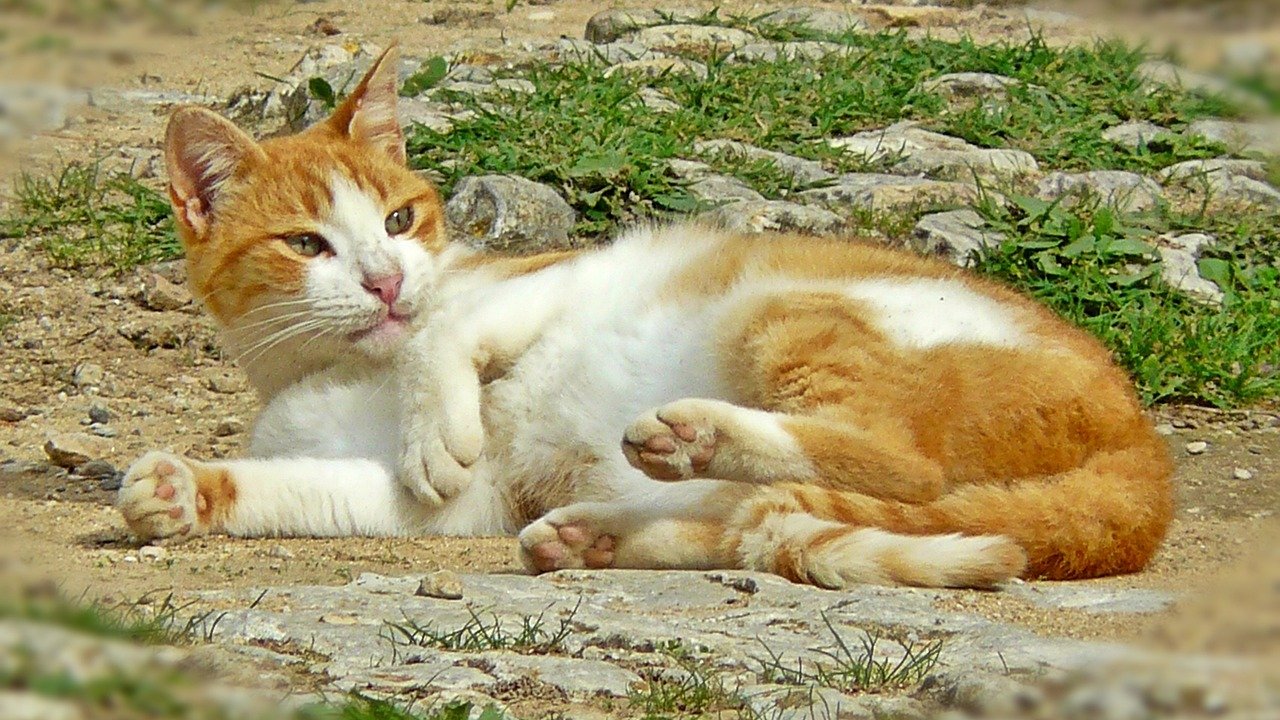
Ever since cats first began to share our homes thousands of years ago, they have been the subject of countless myths and misconceptions. Some of these myths are harmless, but others can lead to misunderstandings about our feline friends, affecting how we care for them and interpret their behavior. To help clear up some of these misconceptions, here are five common myths about cat behavior, debunked.
Myth 1: Cats are solitary animals
Many people believe that because cats value their independence, they prefer to be alone. In fact, while cats are more solitary than dogs, they still enjoy and need social interaction with other cats and humans. Cats are capable of forming strong social bonds and often show signs of loneliness when left alone for too long.
Myth 2: Cats are indifferent and aloof
Another common myth is that cats are indifferent or aloof. While cats may appear independent, they can form very strong bonds with their human caregivers. Cats show their affection in subtle ways, like slow blinking, rubbing against you, or curling up in your lap.
Myth 3: Cats always land on their feet
This myth is based on the cat's 'righting reflex,' which is a real phenomenon. However, it's not always true. Cats can and do get injured from falling, especially from significant heights. It's important to keep windows and balconies secure to protect your cat.
Myth 4: Cats show their belly as a sign of trust
While a dog showing its belly is a sign of trust and submission, in cats, it's often a defensive posture. Cats may expose their belly during play or when they feel threatened, as a warning that they are ready to use all their weapons (claws and teeth) if necessary.
Myth 5: Cats purr only when they are happy
Purring is a complex behavior and cats don't only purr when they're happy. They also purr when they're stressed, injured, or even when they're dying. It's a way for cats to comfort themselves.
Here's a quick recap:
Understanding your cat involves more than just debunking myths. It's about learning how they communicate and understanding their unique personalities. The more we understand about our feline friends, the better we can care for them and form stronger bonds.











